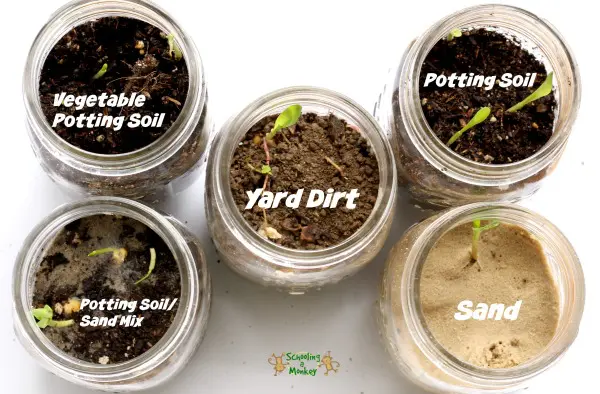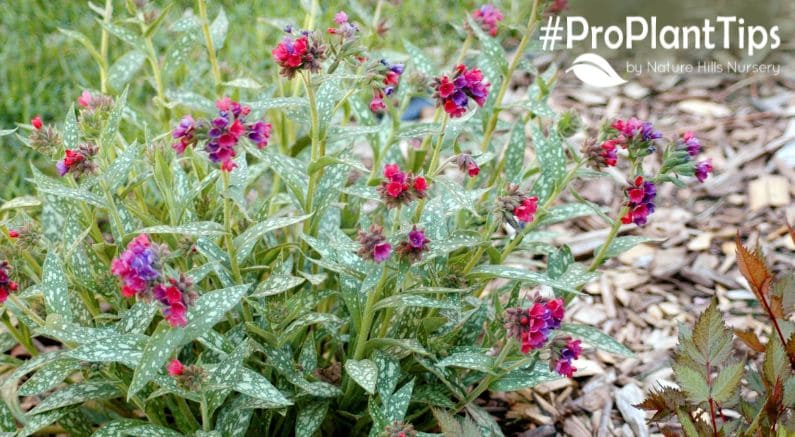In the ever-evolving realm of scientific exploration, choosing the right type of plants for experiments can significantly impact the outcome of your research. Our team has curated a comprehensive guide to assist you in selecting plants that not only align with your scientific goals but also position your experiments for success.
Understanding the Importance of Plant Selection in Scientific Inquiry
The Foundation of Successful Experiments
Selecting the right type of plants is the bedrock of any successful scientific experiment. Whether you’re investigating growth patterns, conducting genetic studies, or exploring environmental impacts, the choice of plants becomes paramount.
Considerations for Optimal Plant Selection
- Adaptability: Opt for plants that adapt well to controlled environments, ensuring consistent results across experiments.
- Growth Rate: Different experiments may require varying growth rates. Choose plants that align with your project’s timeline.
- Genetic Variability: For genetic studies, it’s crucial to select plants with the desired level of genetic variability to yield meaningful results.
- Resilience to Conditions: Plants resilient to environmental changes ensure the reliability and reproducibility of your experiments.
Types of Plants Ideal for Scientific Inquiry
1. Arabidopsis thaliana: Unveiling Genetic Mysteries
Arabidopsis thaliana, commonly known as thale cress, has become a staple in genetic research due to its small size, short lifecycle, and well-documented genome. Its simplicity makes it ideal for studies focusing on genetic mechanisms.
2. Brassica Rapa: Exploring Plant Traits
Known as field mustard, Brassica rapa is a versatile plant often used to study plant traits and variations. Its rapid growth and diverse forms make it suitable for a wide range of experiments.
3. Pisum Sativum: Peas for Mendelian Genetics
For those delving into Mendelian genetics, Pisum sativum, or the common pea plant, is an excellent choice. Its distinct traits, as observed by Gregor Mendel, make it a classic in genetic studies.
4. Nicotiana tabacum: Unraveling Plant Physiology
Commonly known as tobacco plant, Nicotiana tabacum is frequently employed to study plant physiology. Its large size facilitates detailed observations, making it invaluable in understanding various physiological processes.
Tips for Cultivating an Ideal Experimental Environment
1. Controlled Conditions for Precise Results
Maintaining a controlled environment is essential for ensuring the reliability and reproducibility of your experiments. This includes regulating temperature, humidity, and light exposure.
2. Soil Quality Matters
The type of soil used in your experiments can significantly influence plant growth. Ensure the soil composition aligns with the specific needs of your chosen plants.
3. Adequate Lighting for Optimal Growth
Different plants have varying light requirements. Tailor your lighting setup to provide the optimal conditions for photosynthesis and overall growth.
4. Regular Monitoring and Data Collection
Consistent monitoring and meticulous data collection are key to the success of any scientific experiment. Documenting growth patterns, changes, and anomalies ensures a thorough analysis.
Conclusion: Elevate Your Scientific Pursuits with Thoughtful Plant Selection
In the vast landscape of botanical science, the right choice of plants serves as the compass guiding your experiments towards success. By understanding the unique characteristics of each plant type and implementing meticulous cultivation practices, you can elevate your scientific pursuits to new heights.
Remember, the journey of scientific discovery begins with a single seed—choose wisely, and let your experiments blossom into groundbreaking revelations.





